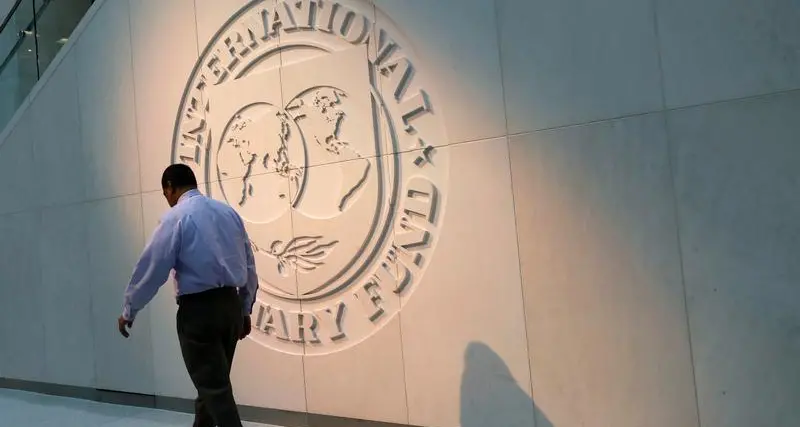Market sentiment swung back and forth this week as ongoing trade developments, Brexit-related drama, an abrupt ending to the United States-North Korea summit and other geopolitical tensions influenced risk appetite.
The overall mood across financial markets improved on Friday, following positive economic data from China and Germany, with the change of attitude clearly evident across stock markets. Although global stocks are set to end the week on a positive note amid cooling fears over slowing global growth, the fundamental drivers weighing on equity markets remain present. Geopolitical risks have left global sentiment extremely fragile, while there is still a fair degree of uncertainty over trade developments. With the stock market rally built on weak foundations, equity bears are just waiting for the right catalyst to return with a vengeance.
Gold bulls lose the battle, but war still rages
With risk appetite coming back to the fore, gold bulls lost their iron grip this week, with pricing sinking towards $1,308 as of writing.
Gold’s recent performance indicates that markets are pricing in the increased likelihood of a U.S.-China trade deal happening sooner rather than later. With the United Kingdom's prime minister, Theresa May, also opening up the possibility of an extension to Article 50, investors are hopeful that the much-feared, no-deal Brexit will be avoided, ultimately supporting risk appetite. However, the end result for either of these major risks remains uncertain at this point in time. Concrete and positive resolutions may result in a surge in demand for riskier assets and conversely be negative for gold. It should also be kept in mind that gold bulls remain inspired by geopolitical risk factors and speculation over the Fed taking a break on monetary tightening this year.
Should gold break meaningfully below $1,310, it may open a path towards the psychologically-important $1,300. In the event of risk aversion creeping up, gold could still stage a rebound back towards the $1,318 resistance level.
Oil continues its year-to-date voyage higher, as West Texas Intermediate (WTI) futures wrapped up two consecutive months of gains to test the $58 per barrel mark.
Despite US President Donald Trump calling for lower oil prices and telling OPEC to “relax and take it easy”, oil producers are pressing on with output cuts that will potentially extend into the second half of 2019 – a favourable outcome for oil bulls.
Oil was granted further support from US sanctions on Iran and Venezuela, coupled with the surprise drop in US inventories, which last week saw their biggest decline since September 2018. However, political pressures and U.S. shale production remain the ‘wild cards’ in ongoing efforts to rebalance markets.
On the demand side, the base case remains that global growth is expected to cool down in 2019. However, there is optimism over China’s economy potentially picking back up, especially after February’s Caixin Manufacturing PMI exceeded market expectations. Whether this print marks a turning point, or a blip, in China’s moderating growth narrative, remains to be seen.
In regards to the technical perspective, WTI oil is trading around the $57.41 level as of writing. The inverse head and shoulders pattern on the daily charts suggest that WTI has the potential to push higher. A solid daily close above the $57.50 level is likely to encourage an incline higher towards $60.00.
For more information, please visit: FXTM
Disclaimer: This written/visual material is comprised of personal opinions and ideas. The content should not be construed as containing any type of investment advice and/or a solicitation for any transactions. It does not imply an obligation to purchase investment services, nor does it guarantee or predict future performance. FXTM, its affiliates, agents, directors, officers or employees do not guarantee the accuracy, validity, timeliness or completeness of any information or data made available and assume no liability for any loss arising from any investment based on the same.
Risk Warning: CFDs are complex instruments and come with a high risk of losing money rapidly due to leverage. You should consider whether you understand how CFDs work and whether you can afford to take the high risk of losing your money.
Any opinions expressed in this article are the author's own.
Disclaimer: This article is provided for informational purposes only. The content does not provide tax, legal or investment advice or opinion regarding the suitability, value or profitability of any particular security, portfolio or investment strategy. Read our full disclaimer policy here.
© Opinion 2019











